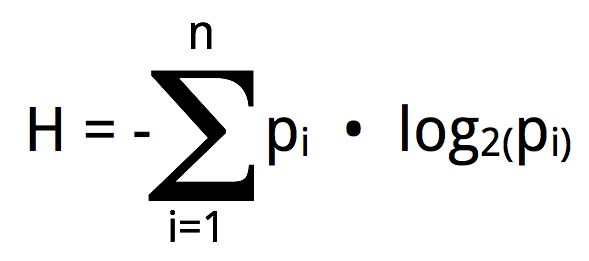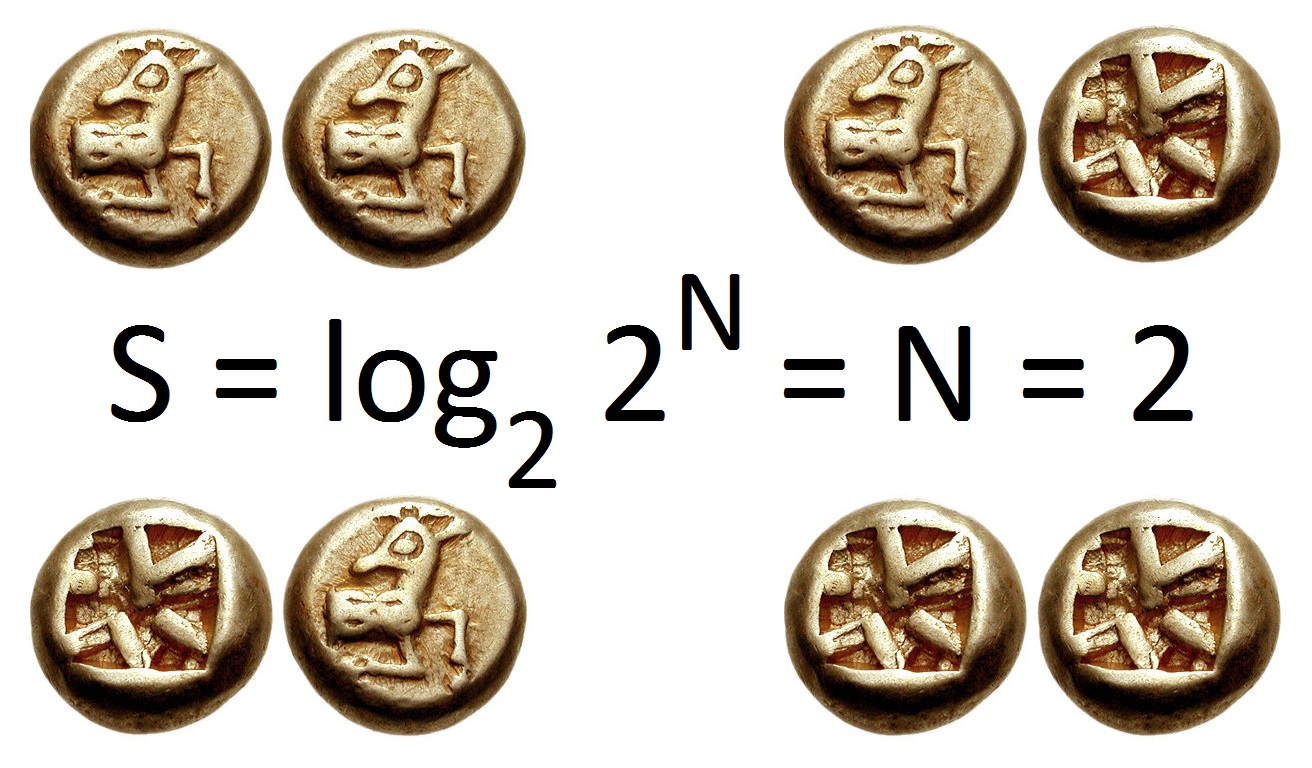
The absolute or standard entropy of substances can be measured. As the temperature of the substance increases, its entropy increases because of an increase in molecular motion.

Therefore, the entropy of a pure crystalline substance at absolute zero is defined to be equal to zero. Standard EntropyĪll molecular motion ceases at absolute zero (0 K). The change in energy content and the release of energy caused by steam condensing to liquid can help fill some of our growing energy needs. The natural geysers that exist in some parts of the world could possibly be harnessed to provide power for many purposes.

The general cases below illustrate entropy at the molecular level. How can you tell if a certain reaction shows an increase or a decrease in entropy? The molecular state of the reactants and products provide certain clues. The messy room on the right has more entropy than the highly ordered room on the left.Ĭhemical reactions also tend to proceed in such a way as to increase the total entropy of the system. The natural tendency of a system is for its entropy to increase. As time goes by, it likely will become more disordered and thus its entropy will increase (see Figure below ). The entropy of a room that has been recently cleaned and organized is low. Entropy is an easy concept to understand when thinking about everyday situations. Entropy is a measure of the degree of randomness or disorder of a system. There is a tendency in nature for systems to proceed toward a state of greater disorder or randomness. Then comes the challenge of finding the exact spot of each piece of the puzzle in order to get the final organized picture. The pieces need to be turned right-side up, then sorted by color or edge (some people like to put the border together first). In order to put the puzzle together, a great deal of work must be done to overcome the natural disorder of the pieces. When the pieces of a jigsaw puzzle are dumped from the box, the pieces naturally hit the table in a very random pattern.



 0 kommentar(er)
0 kommentar(er)
